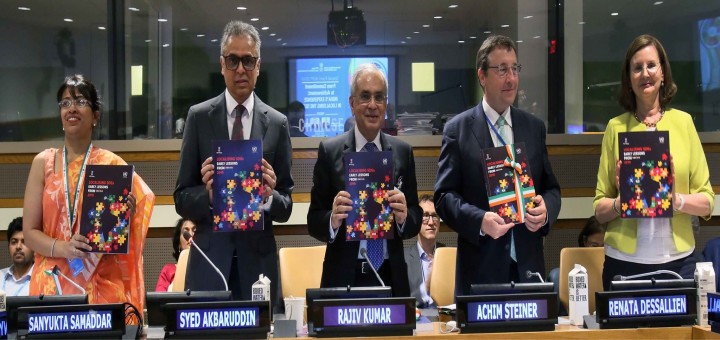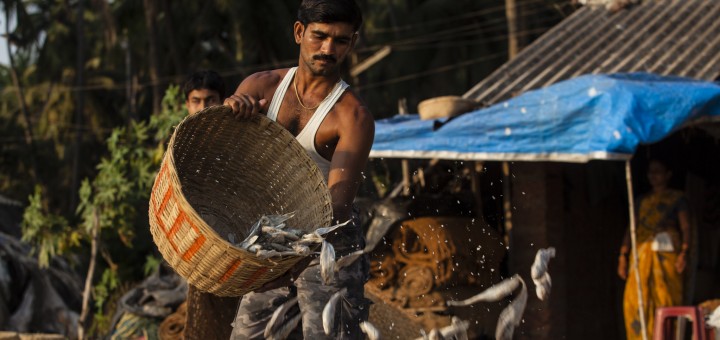Public Charitable Trusts may be established for a number of purposes, including poverty relief, education, medical relief, the provision of facilities for recreation, or any other objective of general public utility. The laws governing charitable trusts vary from state to state as most states have their own specific Public Trusts Act.
Photo credit: Dennis Jarvis





